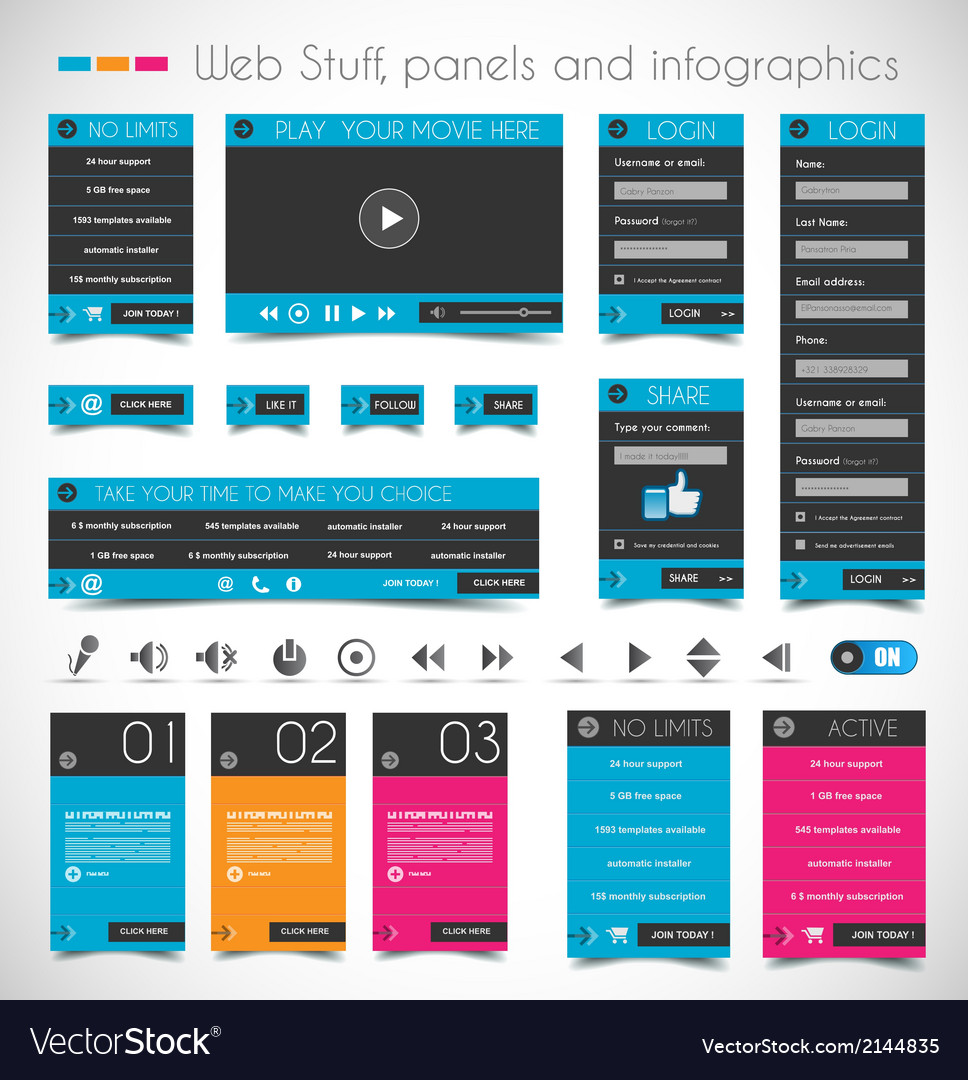Basic Facets Of Website Design: Standards For Creating A User-Centric Website
Basic Facets Of Website Design: Standards For Creating A User-Centric Website
Blog Article
try this out By-Wiley Devine
When it involves internet site layout, ensuring user-friendliness is crucial. From receptive style to streamlined navigation, every aspect plays a critical role in producing a website that satisfies your target market's requirements. Yet what about the finer details that can make or damage a customer's browsing experience? Keep tuned as we uncover some often-overlooked suggestions that can boost your website's functionality to the next level, making it really stand out in the digital landscape.
Relevance of Responsive Layout
Responsive design is an important aspect of modern website advancement. Ensuring your internet site is responsive ways that it can adjust to various screen sizes and tools, providing a seamless experience for individuals.
With the enhancing use smart devices and tablets to access the internet, having a responsive layout is vital for reaching a wider audience. It aids in enhancing user experience by making your internet site easy to browse and read on any kind of tool.
In SEO For Medical Clinics FT Worth , receptive style can favorably impact your internet search engine rankings, as online search engine like Google prioritize mobile-friendly web sites. By having a receptive design, you're additionally future-proofing your website, as new tools with differing screen dimensions continue to emerge.
Simplify Navigation Framework
To improve individual experience and facilitate simple access to details on your site, improving the navigation structure is critical. When developing your website, focus on creating a clear and intuitive navigation food selection that aids site visitors locate what they're searching for rapidly.
Limit the variety of food selection products to the basics, organizing relevant pages together to prevent overwhelming individuals. Use detailed labels that clearly indicate the web content of each web page, making it easier for customers to recognize where each link will certainly take them.
Consider applying dropdown menus for subcategories to stop cluttering the major navigating bar. Furthermore, include Recommended Web site on the web page for users who prefer searching for specific information.
Prioritize mobile responsiveness in your navigation layout to guarantee very easy access on all tools.
Optimize Web Page Load Rate
Improving web page lots rate is important for maintaining visitors on your site. Slow-loading pages irritate individuals and can bring about high bounce prices. To enhance web page tons rate, beginning by enhancing pictures. Compress pictures without endangering high quality to reduce their file dimensions.
In addition, allow browser caching to save often accessed sources locally, speeding up lots times for returning visitors. Minify CSS, JavaScript, and HTML data by getting rid of unnecessary characters, remarks, and formatting, enhancing load rate.
Consider making use of a web content delivery network (CDN) to distribute your site's content throughout multiple servers worldwide, reducing latency for individuals accessing your website from different locations. Last but not least, limit making use of third-party scripts and plugins, as they can substantially impact lots times.
Final thought
To conclude, by including receptive design, streamlining navigating, and maximizing page tons speed, you can create an easy to use site that interest a larger audience and improves customer experience. These essential elements ensure that site visitors can conveniently access and navigate your site across various devices, bring about boosted interaction and satisfaction. By focusing on these key elements, you can develop a successful web site that maintains users coming back for more.
